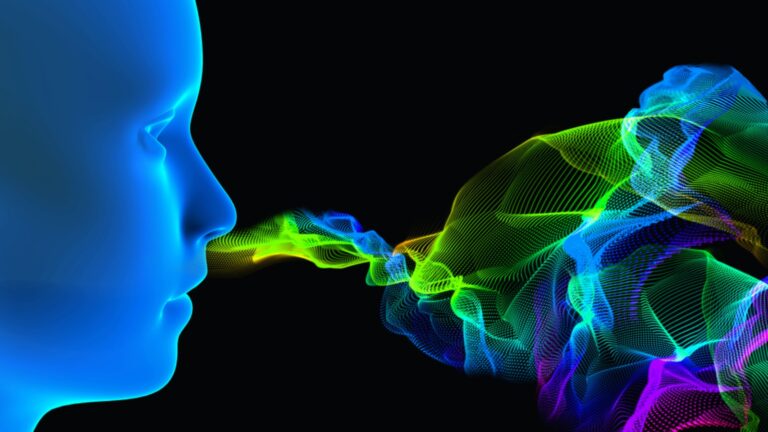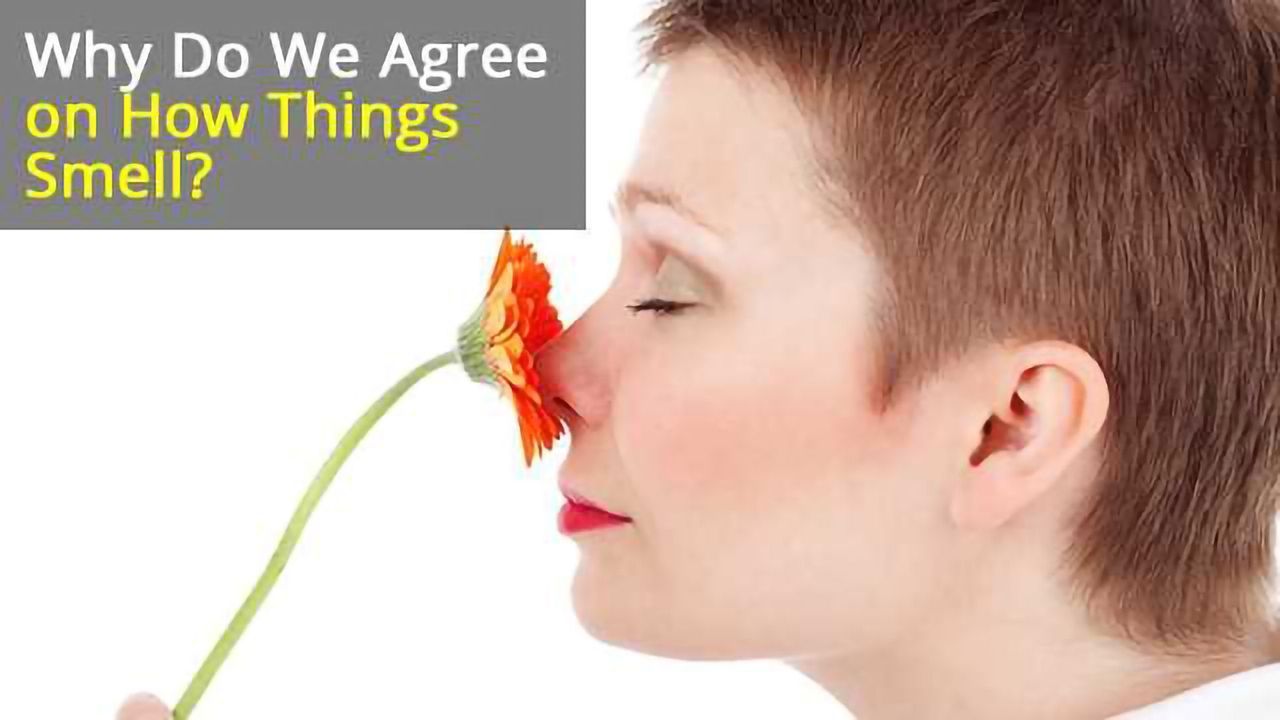 |
 |
 |

Frequently asked quetions
TriggerWalk’s use of aromas is rooted in neuropsychology. Although the human response to smell is weak, its subconscious effects remain intense and valid across a wide range of persons suffering from addiction and trauma. The alcoholic develops a keen sense of smell for alcohol and the victim of a car crash develops PTSD triggered by gasoline. The ability to smell is tightly linked with memory recall, as studies have shown, thus we found it necessary to add scent dissemination to our platform’s arsenal of tools to aid recovery
VR-TriggerWalks platform utilizes VR technology and non-reactive perfumes to replicate real world environments, which are crafted with care and attention to the trigger (and its severity) the therapist wishes to portray to their patient. Furthermore, any number of choices may be implemented into the environment, giving the subject a sense of control and autonomy—elements hard to come by in most rehabilitation facilities. By exposing these clients to their triggers, over a course of 4 to 8 weeks, they, and their therapist, may better understand both the psychological and physiological responses to such triggers, thus becoming desensitized and better able to manage these responses.
To help those in recovery to recognize and process triggers in support of a more successful recovery and reduce the risk of relapse. Our goal is to be able to offer this as a commonly used therapy in all clinical environments. We plan to evolve as the technology evolves in order to utilize these new tools to their fullest potential. TriggerWalk seeks to help those in need who have no way to safely experience the outside world when they are comfortable and safe within the isolated walls of a hospital, prison, recovery center, or therapist's office.


